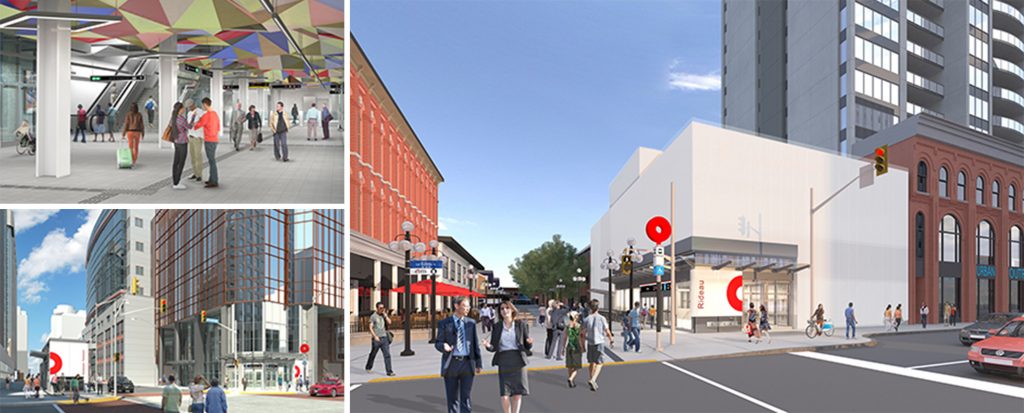Designing Future Transit Hubs Today
By TH!NK by IBI
Date
July 26, 2017In a world with rapidly changing transit mode shares and vehicle technologies, how do you design a transit station that works both today and long into the future? With roots in the grand traditions of railway station architecture, modern transit hubs are often massive architectural projects. But too often, they are hard to adapt, under-utilized, and miss the vision the designers had for their future, something illustrated in the case of Tel Aviv’s Central Bus Station.
In a recent article on CityLab, co-founder of UNStudio Caroline Bos grapples with the design challenge of “future-proofing” a transit hub. She says:
“As architects and urban designers, we are familiar with the future to some extent,” she days. “But what about the disruptive effect of tech changes? Can we adapt our processes to adapt to unanticipated changes, find models of flexibility and resilience?”
She provides some key suggestions for ways to build successful hubs, such as eliminating hierarchies in modes of transportation and partnering with multiple transit stakeholders. Designing with these goals in mind can ensure that different portions of the hub are all prepared to be the primary use as transit trends change. But will this alone be enough? What about the transit hubs integration with the urban fabric?
In what ways can we create a strong local identity for future transit hubs to ensure they remain a key component of the community and are flexible to multiple visions of the future? How do we connect future transit hubs with strong transit-oriented development to support their success? At IBI Group, we’ve tackled the future-proofing problem by coordinating local development, for example, acting as a transit oriented development design consultant for neighbouring buildings and working with world-class artists, like Douglas Coupland, to create a station’s unique identity. Other projects have integrated YMCA’s, libraries, and community spaces directly adjacent to the transit hub to ensure it’s a community destination.
What else should we consider when designing future-proof transit stations that are hubs our of our local urban fabrics?
Renderings by IBI Group Architects (Canada) Inc.








